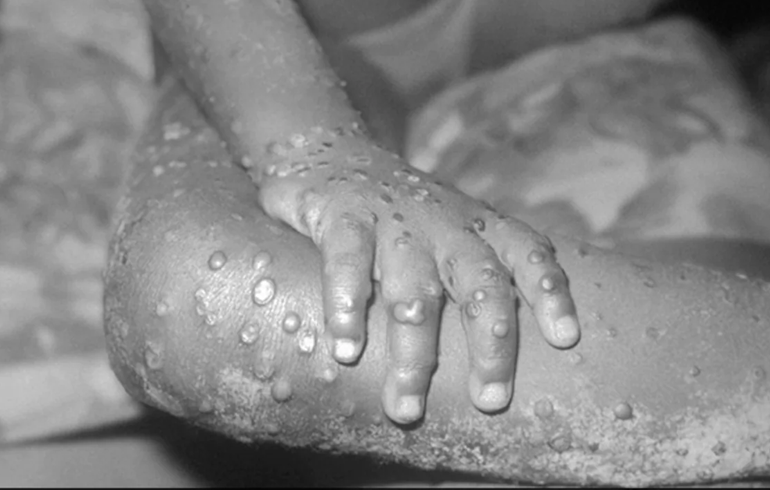Monkeypox, which is related to smallpox, is not a new disease. Despite its name, it is most commonly associated with rodents. Although primarily seen in Central and West Africa, isolated cases are occasionally reported in Europe and elsewhere, often involving travellers.
The name “monkeypox” originated in 1958 after the first cases were documented in monkeys being used for research.
Monkeypox was first discovered in 1958 when two outbreaks of a pox-like disease occurred in colonies of monkeys kept for research, hence the name ‘monkeypox.’
The first human case of monkeypox was recorded in 1970 in the Democratic Republic of Congo during a period of intensified effort to eliminate smallpox.
However, monkeys are not major carriers of the disease.
Monkeypox is usually transmitted to humans by the bite of an infected animal, or by touching an infected animal’s blood, body fluids, or fur.
Monkeypox starts with fever, then general body aches, malaise, and muscle ache with the first symptoms being similar to influenza.
Those usually precede the development of a rash. You have probably seen photos of the rash.
Sources reveal there’s no monkeypox-specific treatment, but antiviral drugs and immunoglobulins used against smallpox are effective in this disease.
The smallpox vaccine is about 85 per cent effective at preventing monkeypox.
Source: Mybrytnewsroom.com/Kwabena Nyarko Abronoma




















































